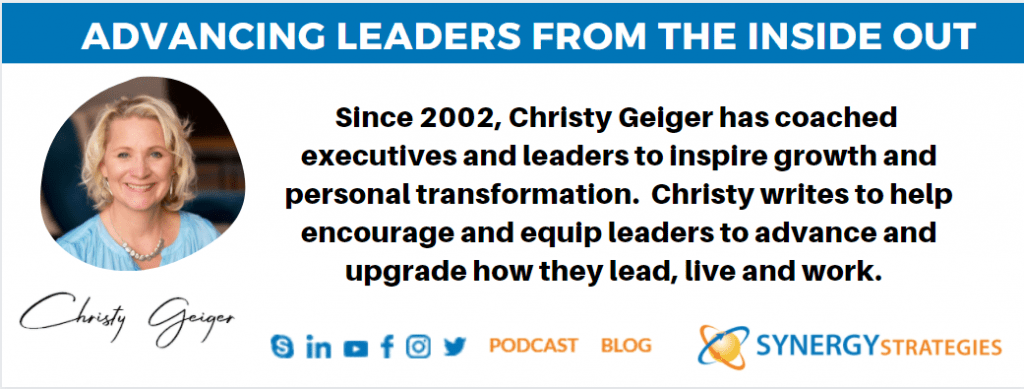Searching for a C-level executive position, such as CEO, CFO, or CMO, is vastly different from a traditional job search. These roles come with unique challenges and the executive job search requires a different approach.
Five reasons why the CXO/Executive job search is different and what you can do to navigate it successfully.
- Limited Openings: C-level positions are relatively few and far between compared to lower-level roles. This means that the competition for these positions is fierce, and the job search process can be more challenging. It’s important to understand that the hiring process for C-level positions is often lengthy and complex and requires you to really showcase your unique skills and brand in addition to foundational experience and work skills.
- What to Do:
- Network aggressively. Building relationships with key industry players and decision-makers can give you a significant advantage in accessing unadvertised executive positions.
- Consider using executive search firms. These firms specialize in placing top-level executives and can give you access to exclusive job opportunities that are not publicly advertised.
- What to Do:
- Relationship-based Hiring: Executive roles are often filled through relationships and referrals. Hiring managers or board members tend to prefer candidates who come recommended by someone they trust. This goes back to networking and talking to a lot of people. Often executive roles are co-created and co-designed. Coffee and Zoom meetings are important to be able to openly explore without expectation of “a job” but just develop a relationship to understand what different leaders are doing and needing and what you are up to. (to have something to talk about here, you must be curious and learning in your industry beyond just looking for your next employment opportunity. You would talk about trends, opportunities, and things you are passionate about even without a current role.)
- What to Do:
- Leverage your network. Cultivate and leverage your professional network to open up opportunities and referrals. Ask for introductions to key decision-makers and influencers within your industry.
- Build a strong online presence. A robust LinkedIn profile and a professional online presence can increase your visibility and improve your chances of being noticed by the right people.
- What to Do:
- Higher Standards and Expectations: C-level executives are expected to have a track record of proven accomplishments and a high level of expertise in their field. Employers are looking for leaders who can drive strategic change and deliver results, often in complex or challenging environments. Make sure your measurables are clearly indicated on your resume and linked in.
- What to Do:
- Showcase your achievements. Tailor your resume, cover letter, and interviews to highlight your track record of success and your ability to lead and deliver results.
- Demonstrate your thought leadership. Establish yourself as a thought leader in your field by publishing articles, speaking at conferences, or participating in industry events. Having a personal portfolio and website to collect things like this is a great way to collect and showcase things like this.
- What to Do:
- Longer Hiring Process: The hiring process for executive positions is often more protracted than for mid-level roles. The decision-making process may involve multiple stakeholders and rounds of interviews. Be patient and don’t stop looking when one opportunity looks promising. You want to keep as many poles in the water as possible. Stay unattached and open. Sometimes the farther down the process someone gets you back off on looking or opening new doors, hoping this one is going to come through. That is when we start to get attached. Stay open but opening new doors until you have accepted an offer.
- What to Do:
- Communicate. Understand that the executive hiring process takes time and be prepared for a longer timeline. Ensure that you maintain communication with the hiring organization to stay informed about the progress of the search.
- Network. Build and maintain relationships. Use the extended timeline to continue building relationships with key players in the organization and the industry.
- What to Do:
- Greater Visibility and Scrutiny: As a C-level executive, you are under a higher level of scrutiny, both during the job search process and once you are in the role. Your reputation, leadership style, and decision-making abilities are under close inspection. Review your executive presence, areas you are strong, and what you might sharpen.
- What to Do:
- Be prepared for rigorous screening. Expect a thorough vetting process, including background checks, assessments, reference checks, and extensive interviews.
- Proactively manage your personal brand. Present yourself and your accomplishments in a positive light and be ready to address any potential concerns or challenges proactively.
- What to Do:
In conclusion, searching for a C-level executive position requires a different approach and mindset than a traditional job search. By understanding the unique challenges and adapting your strategy, you can increase your chances of success in your executive job search. If you need more support, check out Executive Coaching to run with you in the process! www.synergystrategies.com
Good luck!






